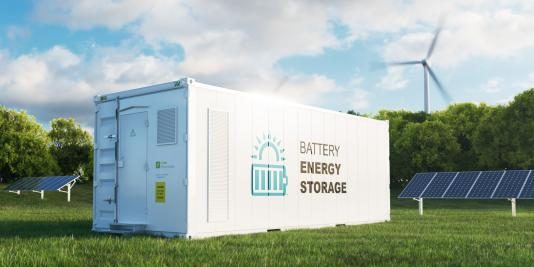In the quest to be able to store renewable solar and wind energy on the electric grid to be used at times when the sun isn’t shining and the wind isn’t blowing, scientists are investigating a number of different types of chemistries for large-scale batteries that could be used for grid storage.
One candidate for this sort of battery chemistry, called an aqueous zinc-ion battery (AZIB), has been identified as a promising technology for grid storage that can help maximize the advantages of renewable energy sources. The foundation of affordability and safety of AZIBs relies on the use of zinc, a key sustainable metal, as the anode material in the cell.


